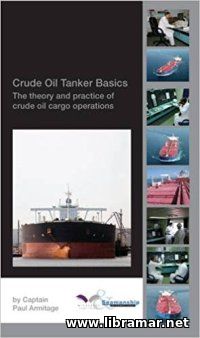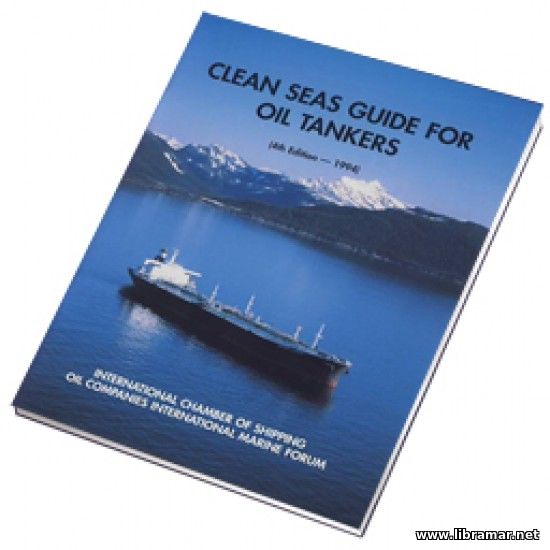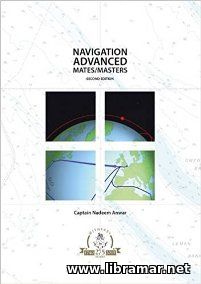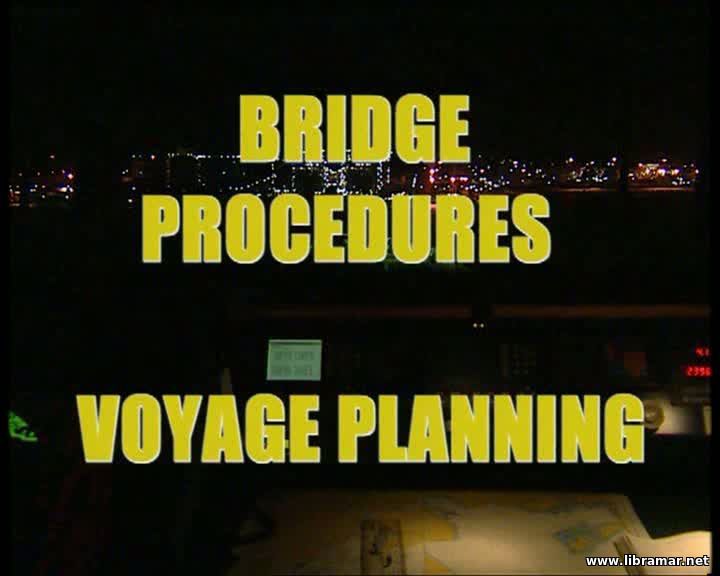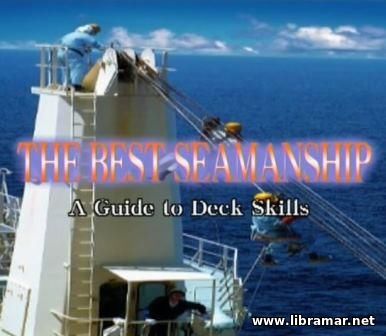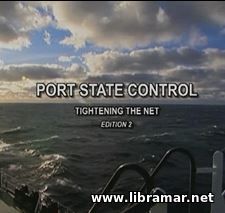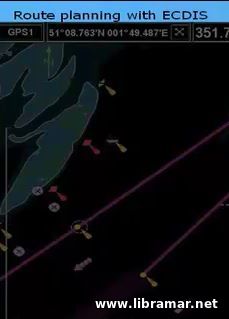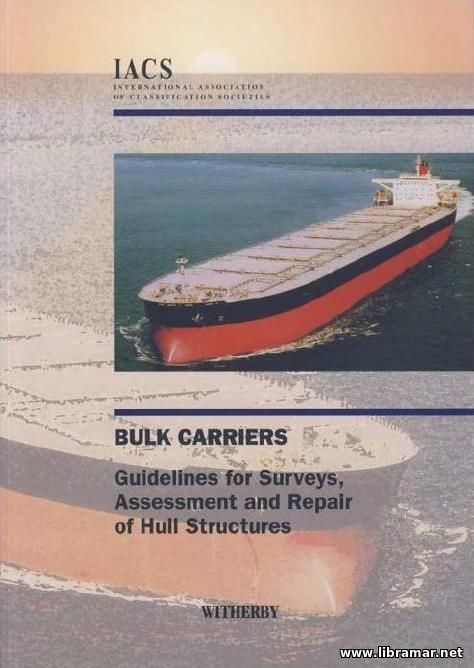
The present IACS Manual was prepared and officially released to the marine industry by IACS in order to provide people with the guidelines for bulk carriers with a single deck and single skin, with the double bottom, with hopper side and topside tanks. The vessels addressed by this Manual are primarily intended for the marine transportation of the dry cargo in bulk.
The authors of the book mostly focus on the survey procedures established by the classification societies forming the IACS, but it will also be very useful in connection with the examination schemes of any owners, ship operators, or regulatory bodies other than class. The publication includes a good review of the survey preparation instructions covering all relevant safety aspects in connection with the performance of the surveys, required access facilities, and preparation for surveys.
The guidelines encompass the main areas of the hull where the structural damages have been noted with the focus made on the key features of the structural items. Another feature of this book is that in includes a special section illustrating the examples of structural damage and deterioration and explains the possible causes and recommended repairs. The team of authors developed this publication using the best info available.
